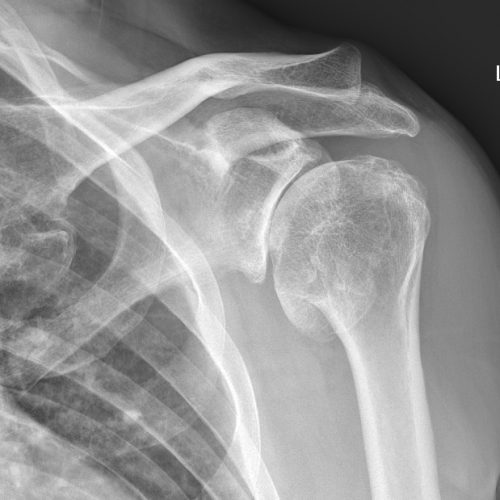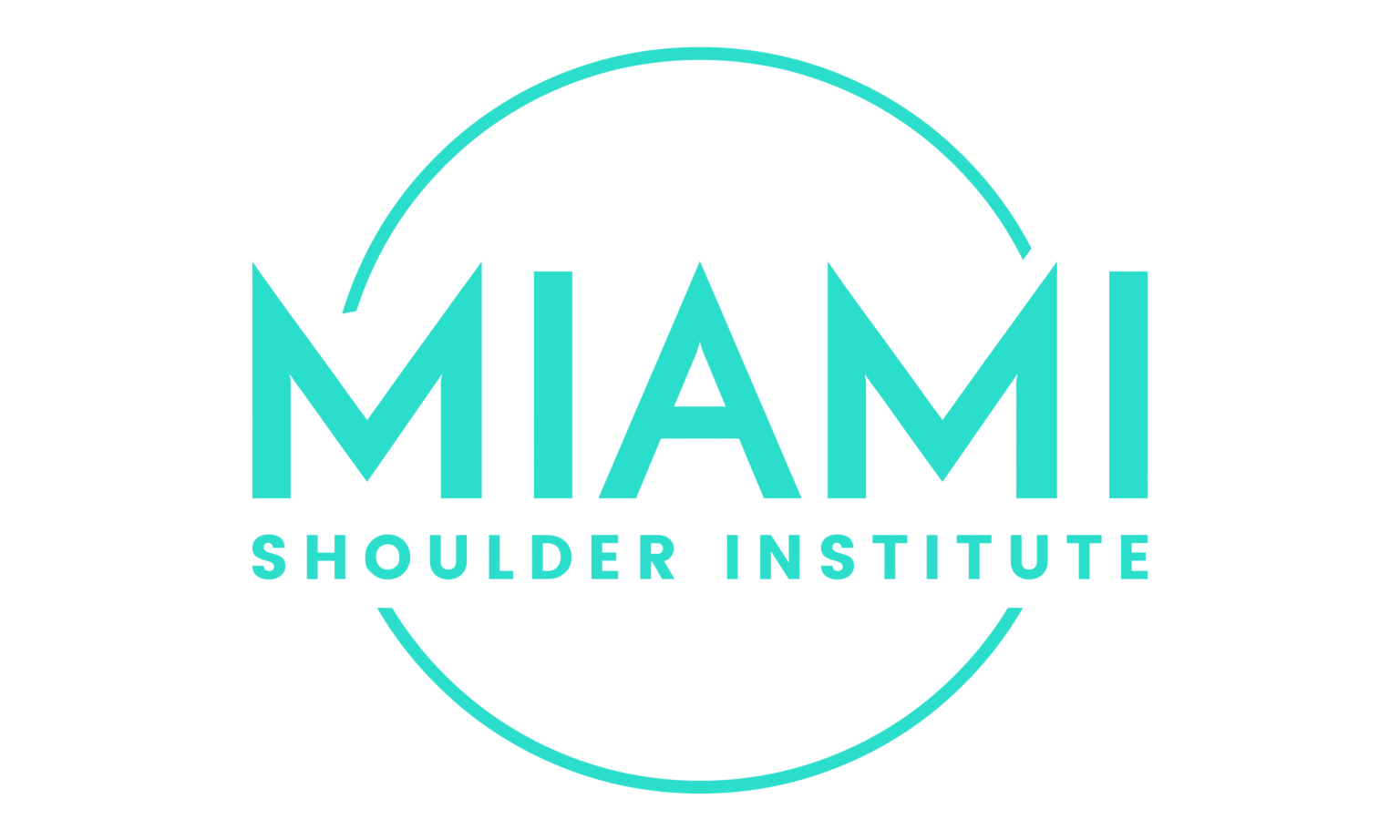Rotator cuff tears can be categorized into several types based on severity and cause:
Trauma or injury: A sudden, forceful movement or fall can tear the rotator cuff.
Overuse: Repetitive overhead activities (e.g., painting, lifting, swimming) can stress the tendons, leading to wear over time.
Age-related degeneration: Tendons become weaker and thinner with age, making them more prone to tearing.
Poor blood supply: The rotator cuff has areas of limited blood supply, leading to decreased healing capacity.
Bone spurs: Bony projections can develop on the underside of the acromion, rubbing against the rotator cuff tendons and causing tears. This is likely a natural progression of the disease process leading to bursitis.
Pain: Often described as a dull, aching pain over the top or side of the shoulder. It can worsen at night, especially when lying on the affected side.
Weakness: Difficulty lifting the arm, especially above shoulder level, or performing tasks that involve rotation.
Limited range of motion: Restricted movement, especially when reaching overhead or behind the back.
Crackling or popping sensation: A grating feeling or noise when moving the shoulder due to tendon damage.
Difficulty with daily activities: Challenges with routine tasks like combing hair, dressing, or lifting objects.
Patient history: Assessing symptoms, onset of pain, and any recent injuries or overuse.
Physical examination: Evaluating range of motion, strength, and performing specific tests (e.g., the Drop Arm Test, Empty Can Test, Lift-Off Test, Belly-Press, Bear-Hug, and others).
X–rays: While X-rays don’t show soft tissues, they can help identify bone spurs or other bony changes.
Ultrasound: Useful for visualizing the tendons and detecting tears.
MRI: Provides detailed images of the soft tissues, showing the extent of a tear, tendon retraction, or muscle atrophy.

Rest: Avoiding activities that worsen the pain.
Physical therapy: Exercises to improve shoulder strength, flexibility, and range of motion.
Medications: NSAIDs like ibuprofen to relieve pain and inflammation.
Steroid injections: Corticosteroid injections into the shoulder to reduce inflammation and pain, particularly for partial tears.
Arthroscopic repair: Minimally invasive surgery where small incisions and a camera are used to reattach the torn tendon to the bone. Even the largest tears can now be managed entirely through arthroscopic techniques.
Open repair: Traditional surgery, usually for larger or complex tears, involving a larger incision. This is rarely performed in modern practices.
Mini-open repair: A combination of arthroscopic and open techniques for medium or large-sized tears. This is rarely required with modern techniques and instrumentation.
Tendon transfer: In cases where the rotator cuff is not repairable, another tendon may be used to restore function. This typically requires an open incision.
Reverse shoulder arthroplasty: Large, long-standing rotator cuff tears may lead to a type of arthritis called “cuff tear arthropathy.” In these cases, the rotator cuff is no longer repairable or functional, and a reverse shoulder replacement provides restoration of the joint function without the need for a rotator cuff.
Phase 1 (Immobilization): A sling is worn for several weeks post-surgery to protect the repair.
Phase 2 (Early movement): Gentle passive range-of-motion exercises.
Phase 3 (Strengthening): Gradual strengthening of the rotator cuff and shoulder muscles.
Phase 4 (Functional training): Return to normal activities, sports, or work-related tasks.
Strengthening exercises: Focus on the rotator cuff, scapular stabilizers, and shoulder muscles.
Proper technique: Use correct techniques in sports, weightlifting, and overhead activities.
Warm-up: Adequate warm-up and stretching before activities.
Avoid overuse: Take breaks and avoid repetitive overhead motions when possible.

Miami Shoulder Institute is dedicated to delivering world-class care with compassion, expertise, and integrity. Your mobility, our mission.